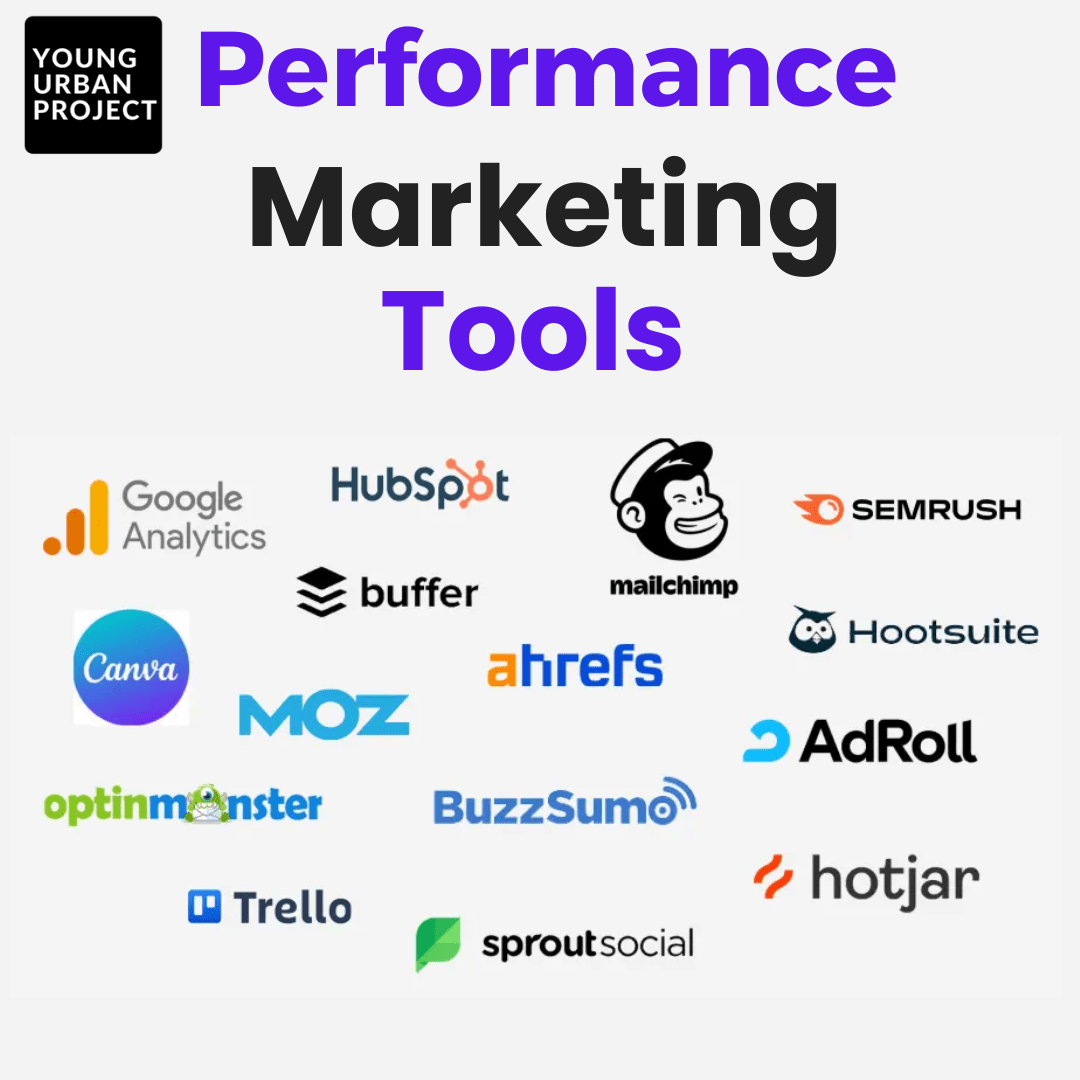Any business using performance marketing for customer acquisition or retention must leverage cutting-edge performance marketing tools to optimize its return on investment (ROI). Most Performance Marketing experts, we speak to, with over a decade of experience, have seen firsthand how the right tools can transform marketing strategies and drive significant growth. In this blog, we are sharing some top performance marketing tools that are prevalent in the industry and can improve your performance results dramatically (along with making your workflow efficient).
Table of Contents
What is Performance Marketing?
Performance marketing is a results-driven approach that focuses on measurable outcomes such as leads, and sales. Unlike traditional marketing, where payments are made upfront for ad placements, performance marketing involves paying only when specific actions are completed. This model ensures that marketing budgets are spent efficiently, leading to higher ROI.
Key Components of Performance Marketing
- Data Analytics
- Conversion Rate Optimization (CRO)
- Paid Advertising
- Affiliate Marketing
- Social Media Marketing
Also Read: Challenges of Performance Marketing
Best Industry-standard Performance Marketing Tools
1. Google Analytics
Google Analytics is an essential tool for any performance marketer. It offers detailed insights into website traffic, user behavior, and conversion rates. By analyzing this data, businesses can make informed decisions about their marketing strategies.
Example: A retail e-commerce store used Google Analytics to track user behavior on their website. By identifying pages with high bounce rates, they optimized the user experience, leading to a 20% increase in conversions.
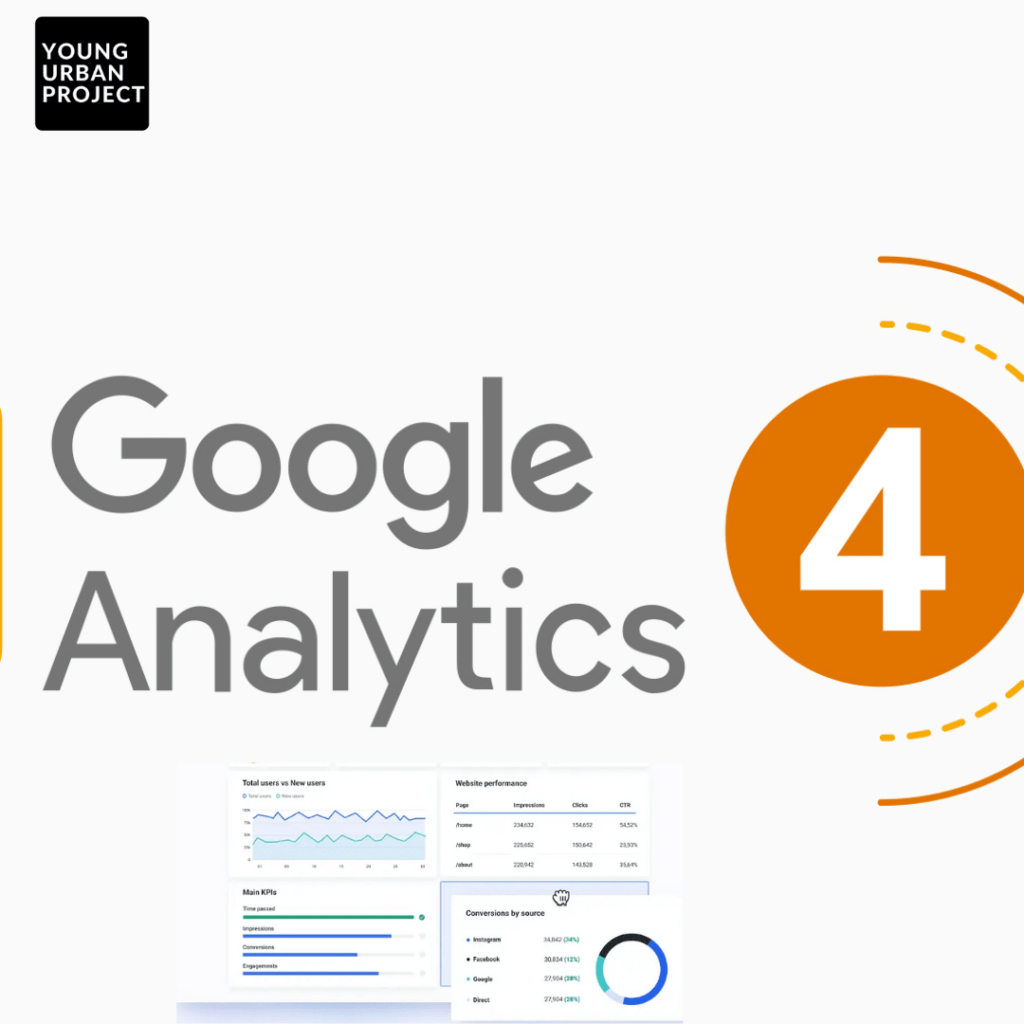
2. SEMrush
SEMrush is a comprehensive SEO tool that offers keyword research, competitive analysis, and backlink tracking. It’s particularly useful for identifying high-performing keywords and optimizing content to rank higher on search engines.
Example: A content marketing agency used SEMrush to analyze competitors’ keyword strategies. By targeting similar high-performing keywords, they increased organic traffic by 35% in six months.
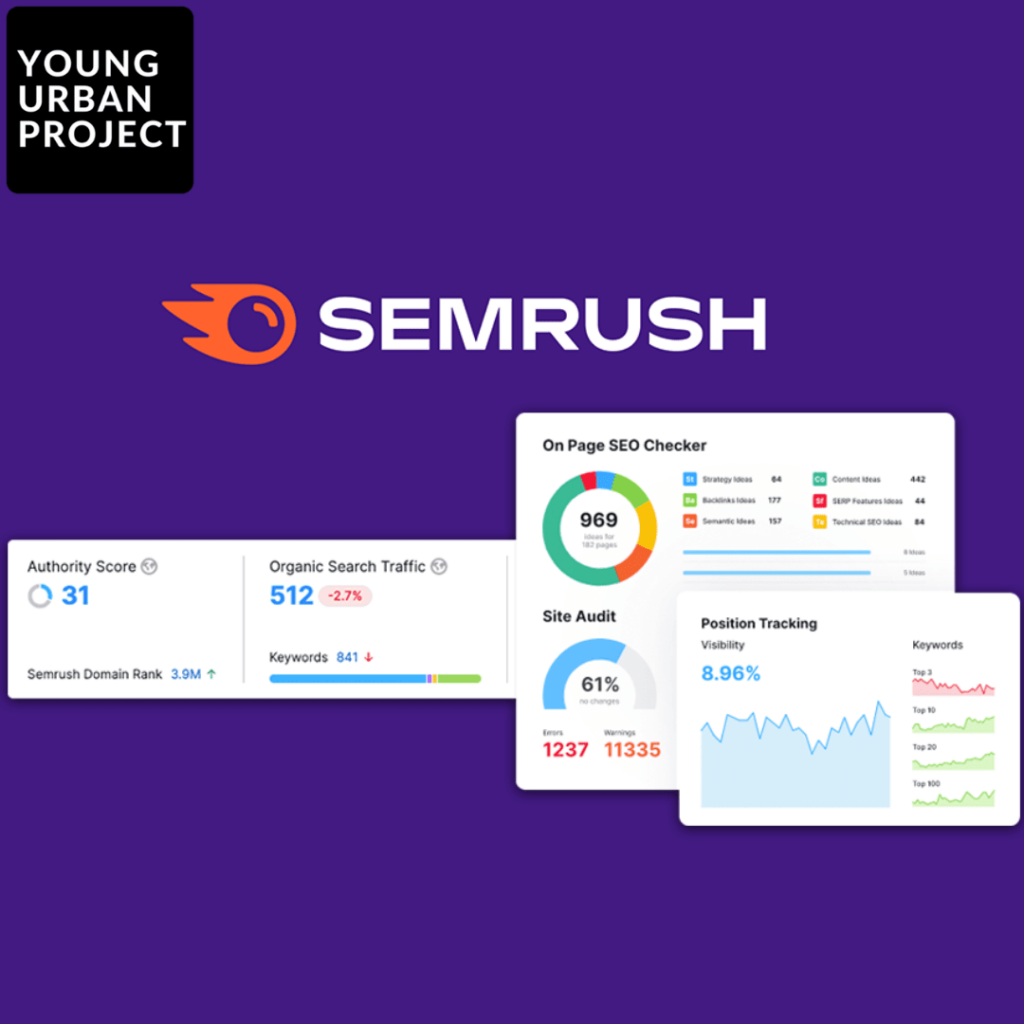
3. HubSpot
HubSpot is an all-in-one marketing platform that provides tools for email marketing, social media management, and CRM. Its robust analytics and automation features make it a favorite among marketers aiming to streamline their efforts and maximize ROI.
Example: A B2B company implemented HubSpot to automate their email marketing campaigns. This led to a 40% increase in lead generation and a 25% boost in sales within a year.
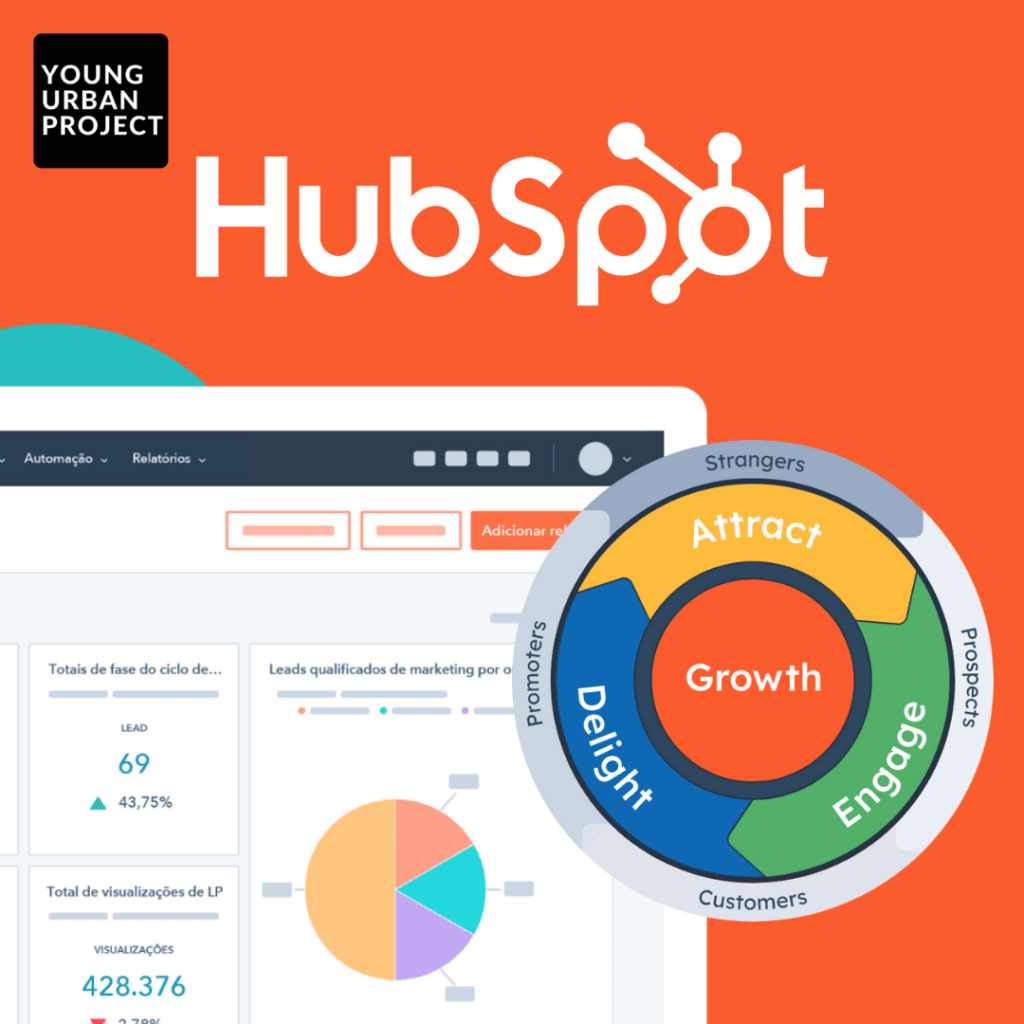
4. Hootsuite
Hootsuite is a social media management tool that allows businesses to schedule posts, track engagement, and analyze performance across multiple social media platforms. It’s invaluable for managing a consistent social media presence and engaging with audiences effectively.
Example: A fashion brand used Hootsuite to manage its social media campaigns. By scheduling posts during peak engagement times and analyzing the performance, they grew their social media following by 50% in six months.
5. Google Ads
Google Ads is a powerful paid advertising platform that enables businesses to create targeted ad campaigns on Google search results and across its network. With precise targeting options and robust analytics, Google Ads is crucial for driving high-quality traffic and conversions.
Example: A local service provider used Google Ads to target customers in their area. By optimizing their ad copy and targeting settings, they achieved a 60% increase in local inquiries and a 30% rise in bookings.
6. Optimizely
Optimizely is a leading tool for A/B testing and conversion rate optimization (CRO). It allows businesses to test different versions of their website or landing pages to determine which performs better, ensuring maximum conversion rates.
Example: An online subscription service used Optimizely to test various landing page designs. By implementing the winning design, they saw a 15% increase in subscription rates.
7. Ahrefs
Ahrefs is a robust tool for backlink analysis, keyword research, and competitive analysis. It’s particularly useful for identifying link-building opportunities and improving search engine rankings.
Example: A tech blog used Ahrefs to identify high-quality backlinks from authoritative websites. By securing these backlinks, they improved their domain authority and saw a 25% increase in organic traffic.
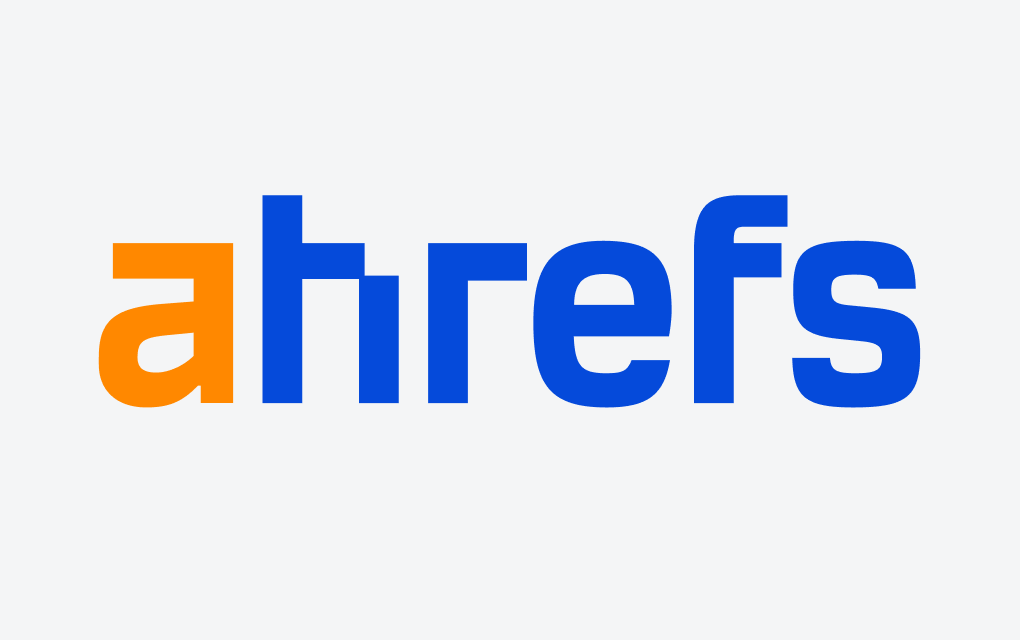
8. Mailchimp
Mailchimp is a popular email marketing platform that offers automation, analytics, and segmentation features. It’s ideal for creating personalized email campaigns that drive engagement and conversions.
Example: An online retailer used Mailchimp to segment their email list based on customer preferences. By sending targeted emails, they increased their email open rates by 40% and their conversion rates by 20%.
9. AdRoll
AdRoll is a retargeting and prospecting platform that helps businesses reach potential customers across multiple channels, including display, social, and email. It’s effective for re-engaging website visitors and driving conversions.
Example: An online travel agency used AdRoll to retarget visitors who abandoned their booking process. This strategy led to a 50% reduction in cart abandonment and a 30% increase in completed bookings.
10. Canva
Canva is a user-friendly graphic design tool that enables marketers to create visually appealing content for social media, email campaigns, and other marketing materials. It’s perfect for maintaining brand consistency and engaging audiences with eye-catching visuals.
Example: A small business used Canva to design professional-looking social media posts and email newsletters. This enhanced their brand image and increased their social media engagement by 45%.
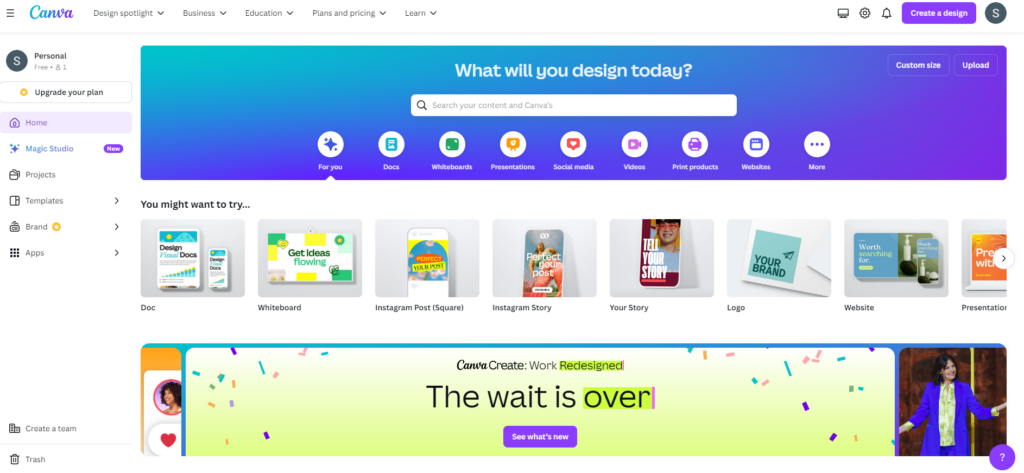
Implementing Performance Marketing Tools: Best Practices
To get the most out of performance marketing tools, follow best practices. Here are some suggestions to help you get started:
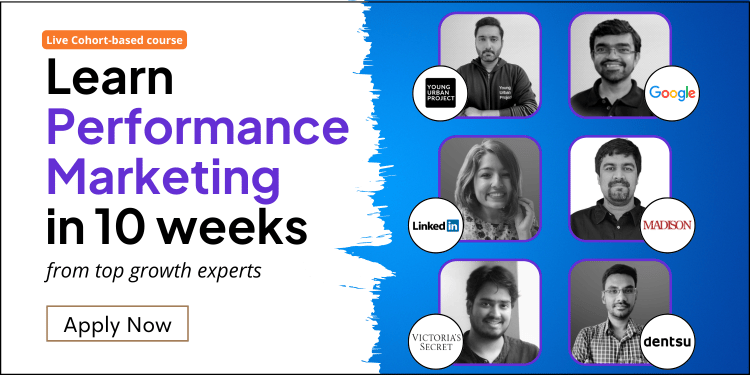
1. Set Clear Goals
Before using any performance marketing tool, define your goals. Whether it’s increasing website traffic, generating leads, or boosting sales, having clear objectives will help you measure success and optimize your efforts.
2. Track and Analyze Data
Track and analyze your marketing campaign data regularly. Use the insights gained to make informed decisions and adjust your strategies as needed. Performance marketing tools provide detailed analytics that can help you understand what works and what doesn’t.
3. Test and Optimize
Continuous testing and optimization are critical to increasing ROI. Use A/B testing and other experimentation methods to identify the best-performing elements of your campaigns. Optimize your content, ads, and landing pages based on the results.
4. Leverage Automation
Many performance marketing tools offer automation features that can save time and improve efficiency. Use automation to streamline repetitive tasks, such as email marketing and social media posting, allowing you to focus on strategy and analysis.
5. Integrate Tools
Integrating multiple performance marketing tools can provide a more comprehensive view of your marketing efforts. For example, combining Google Analytics with Google Ads can give you deeper insights into your PPC campaigns.
Conclusion
In the ever-evolving world of digital marketing, using the right performance marketing tools is crucial for maximizing ROI. Tools like Google Analytics, SEMrush, HubSpot, AdEspresso, Mailchimp, Optimizely, Ahrefs, Google Ads, Hootsuite, and Salesforce Marketing Cloud offer powerful features to optimize your campaigns and achieve your marketing goals. By setting clear goals, tracking data, testing and optimizing, leveraging automation, and integrating tools, you can elevate your marketing efforts and drive substantial results. Start using these top-performance marketing tools today and watch your ROI soar.

